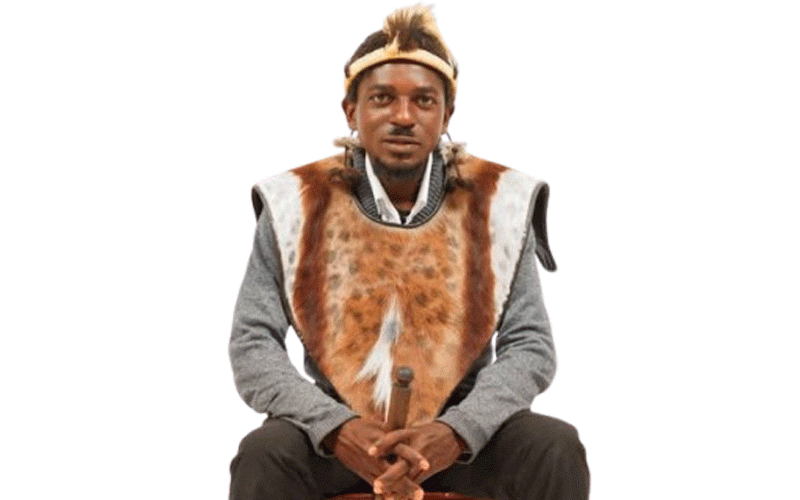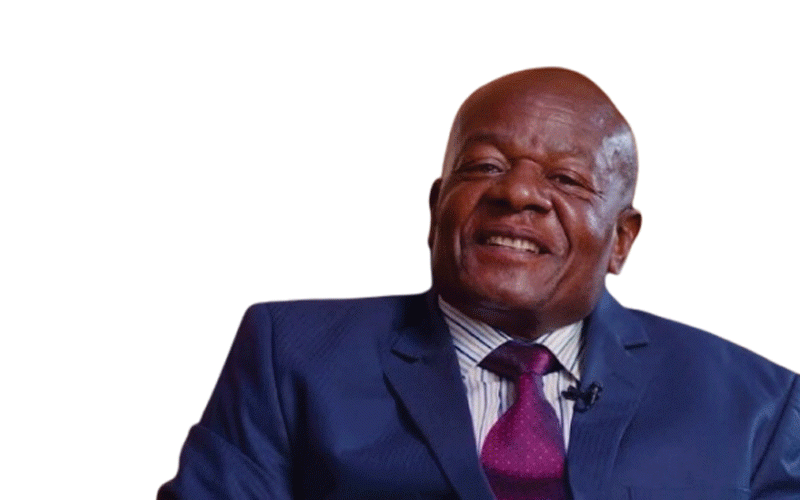
Preparations are well underway for the fourth edition of the Dr Gasolo Long Walk to Success 2025 campaign.
This initiative aims to amplify artists’ voices in the fight against drug and substance abuse.
Organisers report that support is pouring in from various stakeholders, including the National Aids Council, to ensure this year's awareness walk leaves a lasting impact.
The three-day journey will see Prince Ncube a prominent Matabeleland South province artist, popularly known as Dr Gasolo, walking from his rural home in Matshetsheni, Gwanda North to Bulawayo from September 11-13.
This year's campaign specifically targets the alarming “Bluetooth” method, a new and dangerous practice where addicts inject themselves, then draw their own blood back into the syringe to inject a friend.
“As we have seen from the issues of the Bluetooth method, our young people who are taking drugs have been using that method to keep each other high,” explained Desmond Ntini, Dr Gasolo walk event coordinator.
Ntini emphasised how artists mirror society by addressing community issues, making this walk crucial for raising awareness.
“As we continue to fight the HIV pandemic, and as the country has immensely done so much to lower the rate, it's important that we continue in that trajectory where we lower the rate. So, the involvement of the National Aids Council in trying to raise such awareness on the dangers of Bluetooth is key,” Ntini added.
- ZSE inches towards $3 trillion market cap
- Street children face sexual exploitation
- Street children face sexual exploitation
- Zim wins bid to host ICASA 2023
Keep Reading
The walk will cover 50km on the first day, from Matshetsheni to Gwanda town. The second day will span an 82,5km stretch from Gwanda town to Esigodini, concluding in Bulawayo on the third day.
Meanwhile, Zimbabwe has recorded an increase in HIV and Aids-related deaths for the period of January to June this year compared to the same period in 2024. This rise comes amid frozen foreign aid cuts to life-saving programmes. Despite this, positive strides have been made in HIV management: 95% of people living with HIV know their status, 95% of those diagnosed are receiving treatment, and 95% of those on treatment have achieved viral load suppression.











